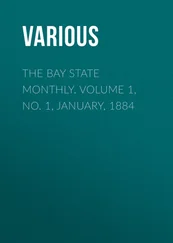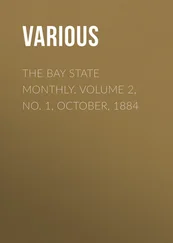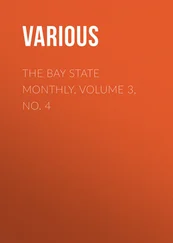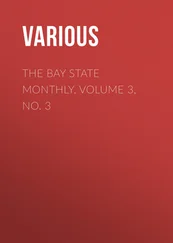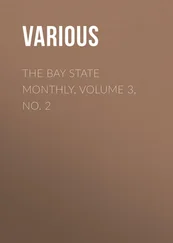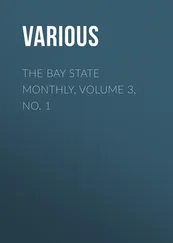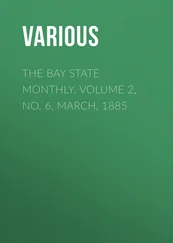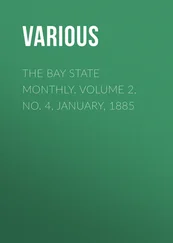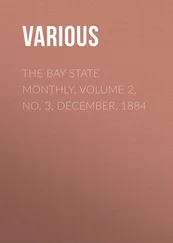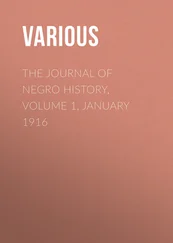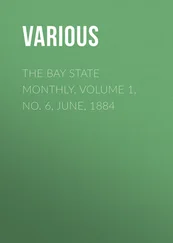Various - The Journal of Negro History, Volume 5, 1920
Здесь есть возможность читать онлайн «Various - The Journal of Negro History, Volume 5, 1920» — ознакомительный отрывок электронной книги совершенно бесплатно, а после прочтения отрывка купить полную версию. В некоторых случаях можно слушать аудио, скачать через торрент в формате fb2 и присутствует краткое содержание. Жанр: foreign_antique, periodic, История, foreign_edu, на английском языке. Описание произведения, (предисловие) а так же отзывы посетителей доступны на портале библиотеки ЛибКат.
- Название:The Journal of Negro History, Volume 5, 1920
- Автор:
- Жанр:
- Год:неизвестен
- ISBN:нет данных
- Рейтинг книги:4 / 5. Голосов: 1
-
Избранное:Добавить в избранное
- Отзывы:
-
Ваша оценка:
- 80
- 1
- 2
- 3
- 4
- 5
The Journal of Negro History, Volume 5, 1920: краткое содержание, описание и аннотация
Предлагаем к чтению аннотацию, описание, краткое содержание или предисловие (зависит от того, что написал сам автор книги «The Journal of Negro History, Volume 5, 1920»). Если вы не нашли необходимую информацию о книге — напишите в комментариях, мы постараемся отыскать её.
The Journal of Negro History, Volume 5, 1920 — читать онлайн ознакомительный отрывок
Ниже представлен текст книги, разбитый по страницам. Система сохранения места последней прочитанной страницы, позволяет с удобством читать онлайн бесплатно книгу «The Journal of Negro History, Volume 5, 1920», без необходимости каждый раз заново искать на чём Вы остановились. Поставьте закладку, и сможете в любой момент перейти на страницу, на которой закончили чтение.
Интервал:
Закладка:
92
Ibid. , April 25, 1851.
93
Ibid. , May 2, 1851.
94
Siebert, Underground Railroad , p. 249.
95
Ibid. , p. 249.
96
Stevens, Anthony Burns, a History , p. 208.
97
American Anti-slavery Society, Eleventh Annual Report , 1851, p. 31.
98
The Voice of the Fugitive , April 9, 1851.
99
Cong. Herald , May 13, 1861, quoted in American Missionary Association, 15th annual report, 1861, p. 28. There is evidence that the Fugitive Slave Law was used in some cases to strike fear into the hearts of Negroes in order to cause them to abandon their property. The Liberator of October 25, 1850, quotes the Detroit Free Press to the effect that land speculators have been scaring the Negroes in some places in the north in order to get possession of their properties.
100
American Anti-slavery Society, Twenty-seventh Annual Report , 1861, p. 49.
101
In The Liberator of July 30, 1852, a letter from Hiram Wilson, at St. Catharines, says: "Arrivals from slavery are frequent."
102
The Voice of the Fugitive , July 29, 1852.
103
Ibid. , July 1, 1852.
104
St. Catharine's Journal , quoted in The Voice of the Fugitive , September 23, 1852.
105
Quoted in The Liberator , September 12, 1851.
106
Liberator , February 14, 1851.
107
The Voice of the Fugitive , August 27, 1851.
108
Quoted in American Anti-slavery Society, Twenty-seventh Report, 1861.
109
American Anti-slavery Society, Twenty-seventh Annual Report, 1861, pp. 48-49.
110
P. 157.
111
Rhodes, History of the United States , I, 210.
112
Ibid. , I, 224-25. See also Ward, Autobiography of a Fugitive Negro , p. 127.
113
Ibid. , I, 222-23. See also The Voice of the Fugitive , June 3 and July 1, 1852.
114
Schauler, History of the United States , V, 290-291.
115
Troy, Hairbreadth Escapes , pp. 39-43.
116
Liberator , June 11, 1852. See also The Voice of the Fugitive , June 17, 1852.
117
Ibid. , July 30, 1852.
118
Liberator , Sept. 12, 1851; The Voice of the Fugitive , Sept. 24, 1851; Anti-slavery Tracts, New Series, No. 15, p. 19.
119
Sandusky Commercial Register , Oct. 21, 1852; Liberator , Oct. 29, 1852; Anti-slavery Tracts, New Series, No. 15, p. 24.
120
The Voice of the Fugitive , February 12, 1851.
121
Ninth Annual Report, N. Y., 1855, p. 47
122
American Anti-slavery Society, Eleventh Annual Report, 1851, p. 100.
123
The Voice of the Fugitive of January 15, 1851, and November 18, 1852.
124
Ibid. , January 1 and May 20, 1852.
125
Troy, Hair-breadth Escapes , pp. 108 and 122.
126
"The Canadian government reckoned that there had been not less than 40,000 Canadian enlistments in the American Army during the Civil War."—Goldwin Smith's Correspondence (letter to Moberly Bell), p. 377.
127
Taken in great measure from the biographical notice by the writer in the Journal of the Institute of Jamaica , July, 1896.
128
For a general sketch of this period see W. J. Gardner's a History of Jamaica , pp. 211-317.
129
This movement had for years been promoted by the heroic few. It was then getting a hearing in Parliament. They first advocated the abolition of the slave trade and then directed attention to slavery.
130
These contributions closely connected Hill with the men whose new thought revolutionized science a few decades later.
131
San Domingo was then independent and the success of the free Negroes there would have a direct bearing on the anti-slavery movement, as indifferent white men sometimes contended that the free Negro was a failure.
132
Slavery in the British West Indies was not actually abolished instantly. Gradual emancipation was the method tried in most parts and even in cases of immediate emancipation the system of apprenticeship which followed was not much better than slavery.
133
The office of Secretary to the Stipendiary Magistrates was established in order to assist Governor Sligo to get through the enormous amount of correspondence entailed by the complaints sent to him in connection with the administration of the laws with regard to the apprenticeship system.
134
Documents printed by order of the Senate of the Commonwealth of Massachusetts during the Session of the Grand Court , 1861, No. 96, p. 10.
135
The figures given by The Centinel differed a little from these. According to its census in 1765, Barnstable had 516 Indians instead of 515; Bristol had 401 Negroes and 167 Indians; Essex 977 Negroes instead of 1,070; Middlesex 871 Negroes and 37 Indians; Nantucket 93 Indians instead of 149; Norfolk 420 Negroes instead of 414; Plymouth 223 Indians instead of 227; Suffolk 891 Negroes instead of 844; Worcester 304 Negroes instead of 267. See J. H. Benton's Early Census making in Massachusetts .
136
Documents printed by order of the Senate, 1861 , No. 96, passim.
137
Documents printed by order of the Senate of Massachusetts, 1861 , No. 96, p. 84.
138
Documents printed by order of the Senate, 1861 , No. 96, p. 10.
139
Ibid. , p. 34.
140
The Laws of Massachusetts, 1811.
141
Documents printed by order of the Senate, 1861 , No. 96, pp. 38-39.
142
Laws of Massachusetts, 1828.
143
"Sixty-six out of the whole number of the tribe, at the time of the enumeration, were not residents of the District; but 52 of them were considered as retaining their rights in the tribe, and more than half of the 66 were understood to be only temporary residents abroad, expecting, at some time, to return to Marshpee, and make it their permanent place of residence. A few others, as a matter of personal convenience, are now residing just over the line, and are so returned, but they consider themselves as identified with the tribe in all respects, and are so considered by the tribe. Fourteen individuals, included in the above 66, whose names are in the 'Supplementary List,' own no land in the District, but have been gone so long from it, that they are not now recognized by residents as members of the tribe." Documents printed by order of the Senate, 1861 , No. 96, p. 40.
Читать дальшеИнтервал:
Закладка:
Похожие книги на «The Journal of Negro History, Volume 5, 1920»
Представляем Вашему вниманию похожие книги на «The Journal of Negro History, Volume 5, 1920» списком для выбора. Мы отобрали схожую по названию и смыслу литературу в надежде предоставить читателям больше вариантов отыскать новые, интересные, ещё непрочитанные произведения.
Обсуждение, отзывы о книге «The Journal of Negro History, Volume 5, 1920» и просто собственные мнения читателей. Оставьте ваши комментарии, напишите, что Вы думаете о произведении, его смысле или главных героях. Укажите что конкретно понравилось, а что нет, и почему Вы так считаете.

